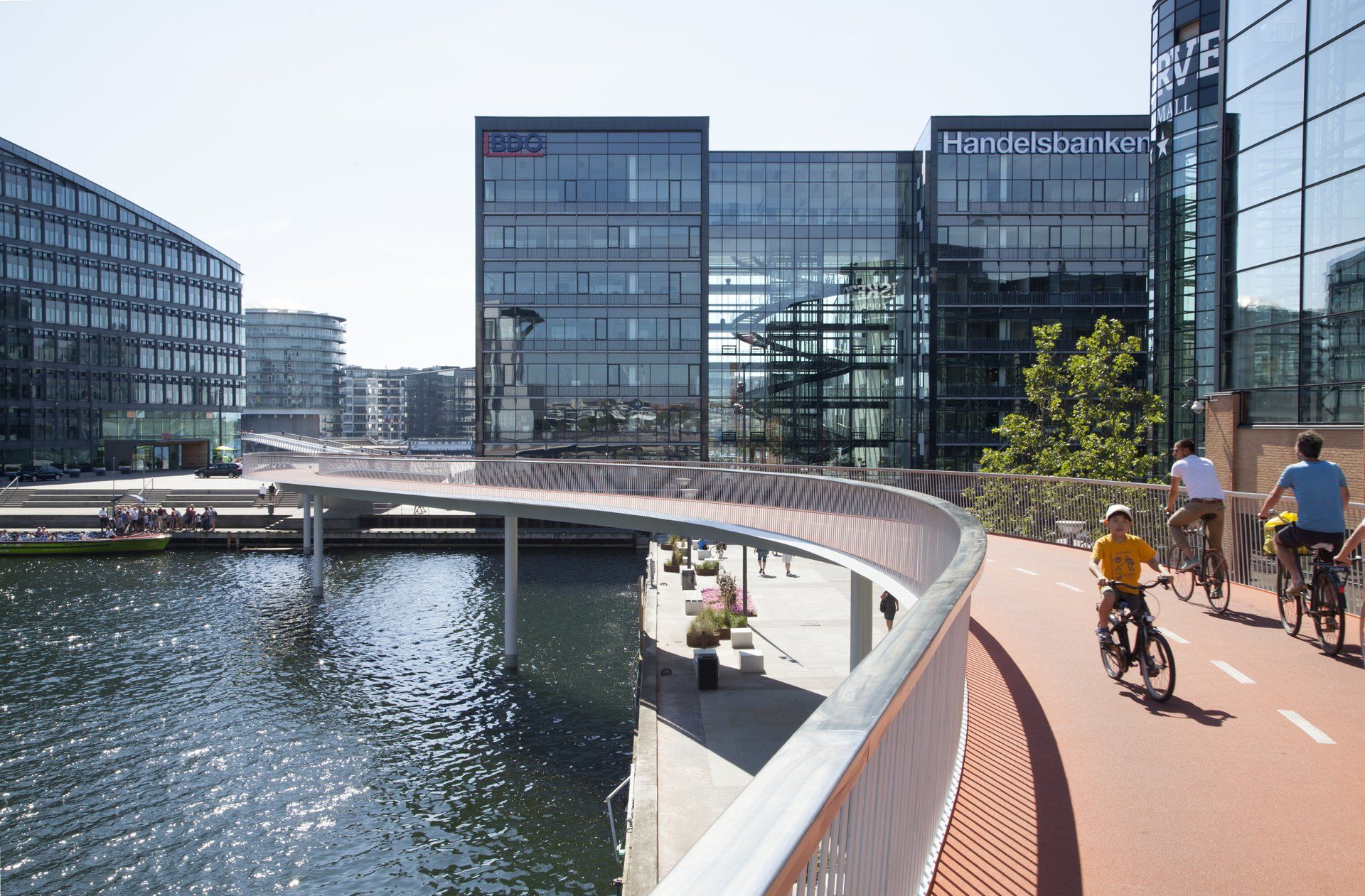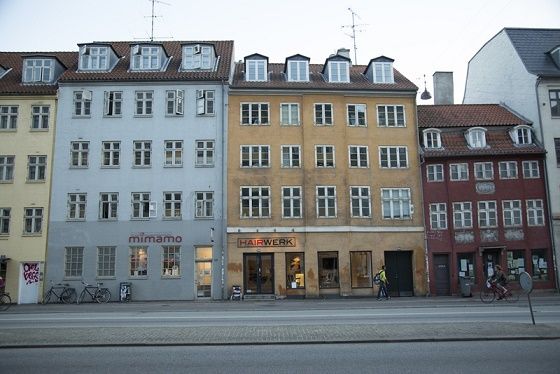Said to be the oldest national flag in the world still in use today, the Danish flag, or Dannebrog, is more than 700 years old and legend has it that it fell from heaven at a time when Denmark needed it most.
Some 795 years ago today
Although shrouded in fable and myth, the story of the Dannebrog starts in 1219 when the ambitious King Valdemar II ruled over Denmark.
Harbouring dreams of reigning over a Danish empire that would embrace both the North and Baltic seas, Valdemar saw the German advance into the Baltic countries at the eastern end of the seas – where an important trading base was situated – as a direct threat to Denmark’s interests.
Sending out a call to all Danish villages to provide their quota of ships, the Danish naval fleet set sail eastwards on a mission to secure a presence in the region by invading Estonia. By obtaining the Pope’s blessing, the expedition was recognised as a genuine crusade against the pagans of Estonia.
Estonian espionage gains the edge
After landing in Lyndanisse, the Danes were met by Estonian leaders who came bearing gifts and feigning surrender to the invading army. However on 15 June 1219, thousands of Estonians launched a surprise attack on the Danish camp.
The ill-prepared Danes suffered huge losses and were on the verge of losing the battle. As legend has it, that was when the Danish archbishop, Anders Suneson, fell to his knees to pray for a sign of victory.
His prayers were answered
And then in answer to his prayer, a red flag with a white cross is said to have fallen from heaven. The flag was taken as a ‘sign of God’ and the king took it in his hands and waved it to his despondent soldiers, giving them the hope and courage to push forwards and win the battle – thus making Estonia a part of the Danish Empire.
Although no historical evidence supports these claims, as the first accounts of the so-called miracle came 300 years later and differed in various ways from the famous story, the tale of how the national flag came to be has become part of Danish folklore.
Not the only falling flag
The story of the flag doesn’t stop there, however. Another narrative says that the original flag that floated down from heaven was used when the Danes, this time under King Hans in 1500, tried to conquer Dithmarschen in north Germany. The Danes, who thought they were in for an easy victory, lost not only the battle but also their precious flag in the encounter.
The stolen flag was hung up in a church in Dithmarschen where it stayed until 1559 when King Frederik II finally conquered the region. Frederik then took the flag to Schleswig Cathedral (in present day northern Germany) where it remained until its last shreds disintegrated.
Or possibly produced by the Pope
Other accounts of where the Dannebrog, meaning ‘Danish cloth’, came from speculate that it was sent by the Pope to the Danish king for use in the northern crusade, or that it was the symbol of the Knights of Hospitaller. Another account claims it originated in 1208 at the Battle of Fellin and not the 1219 Battle of Lyndanisse.
Despite its somewhat dubious historical origins, the earliest concrete source linking the red flag with the white cross to a Danish king is a Dutch armorial written between 1340 and 1370 that contains the Danish flag among a listing of almost 2,000 coats-of-arms from all over Europe.
The oldest existing flag of recent times, dating from 1427, was preserved at St Mary’s Church in Lübeck until it was destroyed by an Allied bombing raid during the Second World War.
A true national symbol
Today the use of the flag in Denmark is a widespread symbol not only of the nation, its history and its people, but also used for such diverse purposes as greeting family and friends arriving at the airport, advertising special prices at the supermarket and marking special occasions such as birthdays.
This everyday usage dates back to the 1800s when common people started using the flag on ‘unofficial’ days, such as weddings, birthdays, and funerals so often that in 1834 King Frederik VI issued an edict reserving the right to fly the national flag exclusively to the state and royalty.
However, popular enthusiasm for the flag led to the edict being rescinded in 1854.
Happy Birthday!
The flag even has its own birthday, which is being celebrated today, June 15, commemorating that fateful day it dropped from heaven.
On this day every year Danmarks-Samfundet – an independent, non-governmental organisation whose job it is ‘to strengthen national solidarity … around the national symbol of Dannebrog’ – raises money and gives out flags to various associations and groups around the country.
Given the flag’s fabled beginnings and its special place in the heart of modern citizens, the red and white Dannebrog is a distinctly Danish icon and a unique national symbol that doesn’t look like it will be lost again anytime soon.













